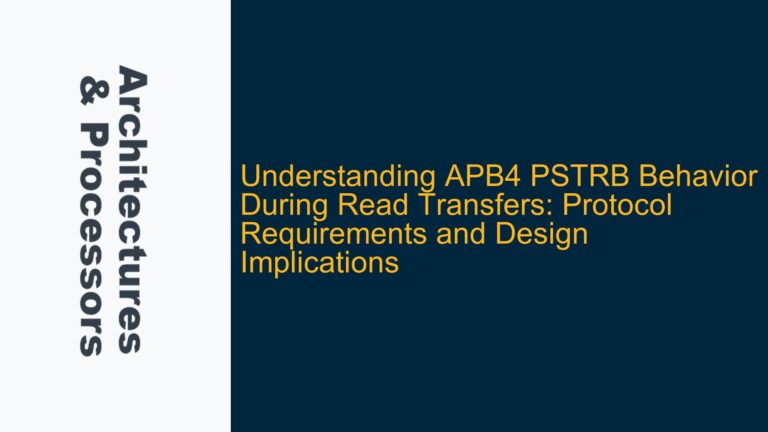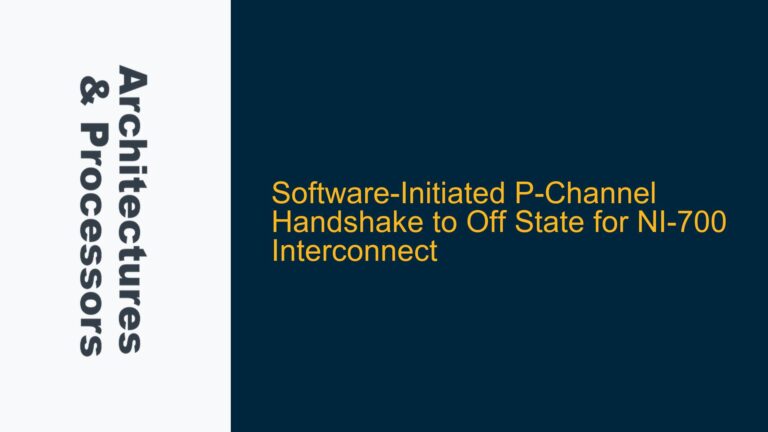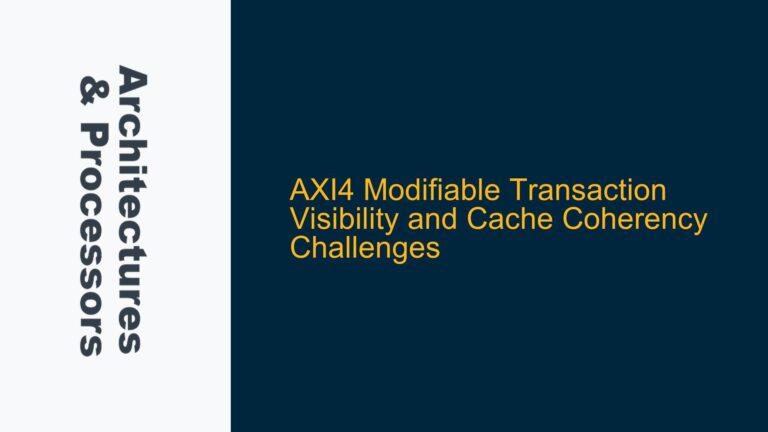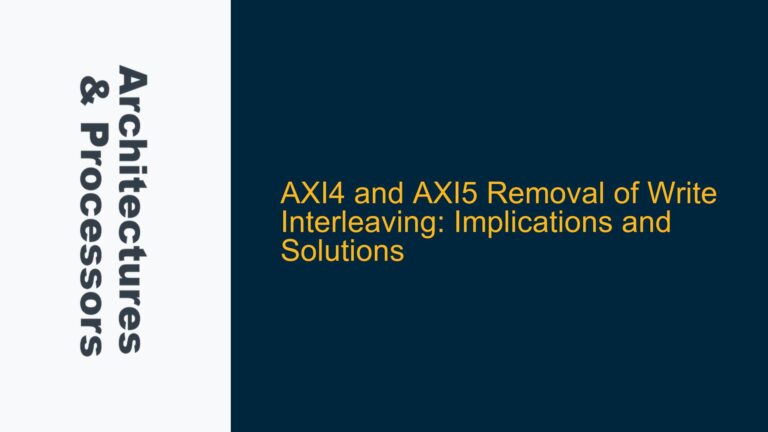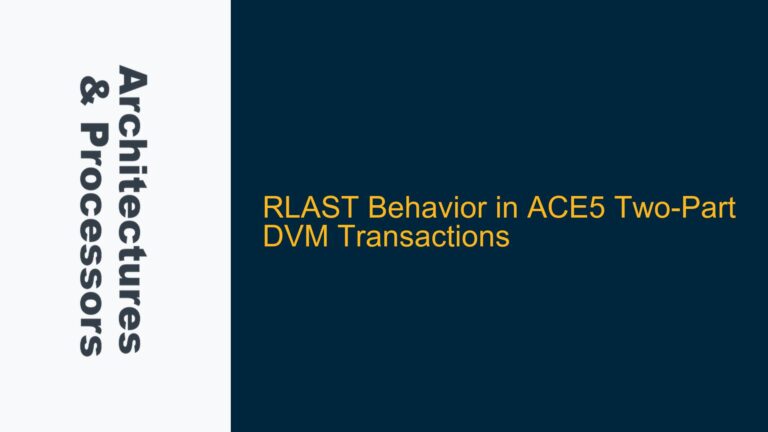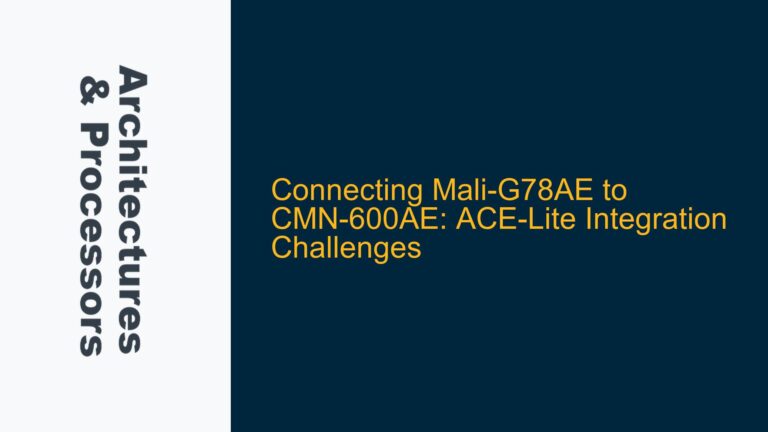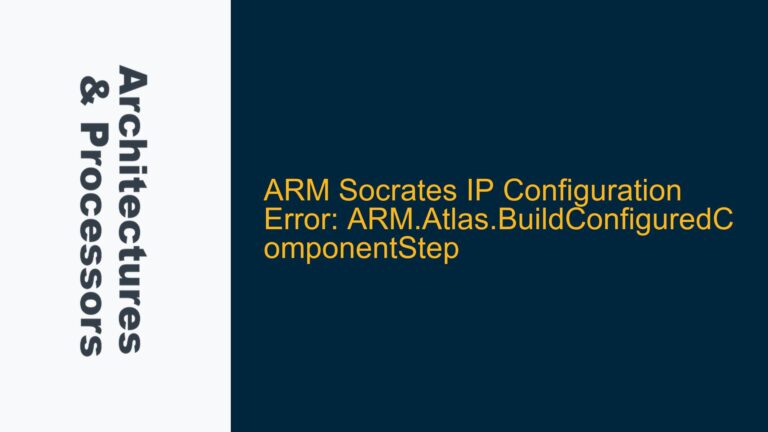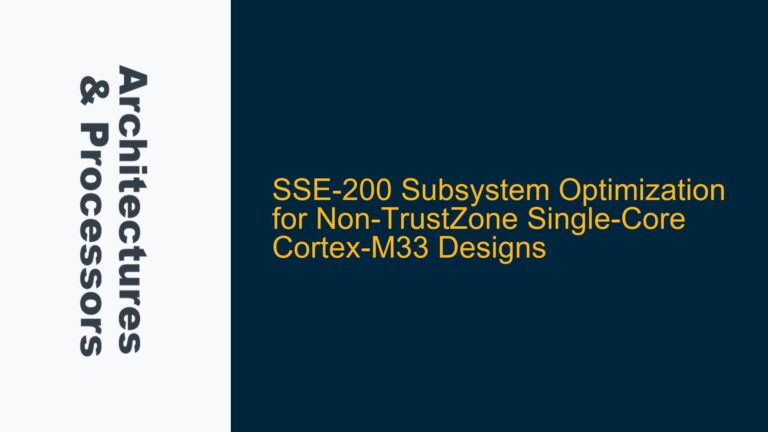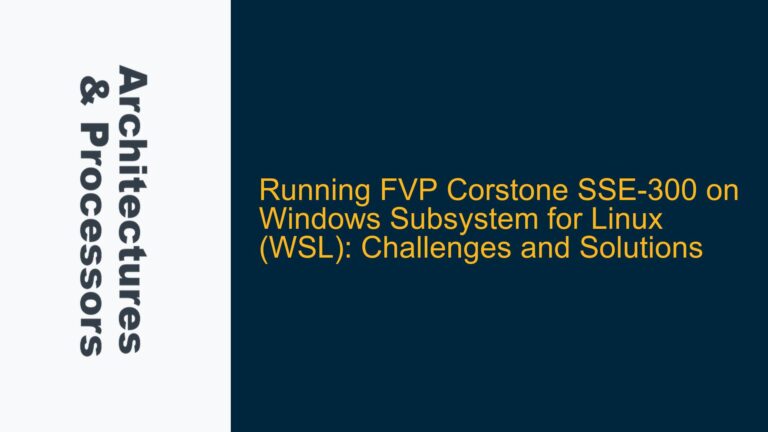APB4 PSTRB Behavior During Read Transfers: Protocol Requirements and Design Implications
APB4 PSTRB Signal Behavior During Read Transfers The APB4 protocol, as part of the ARM AMBA family, is designed to be a simple, low-power, and low-complexity interface for peripherals. One of its key features is the inclusion of the PSTRB signal, which is a write strobe used to indicate valid byte lanes during write transactions….
